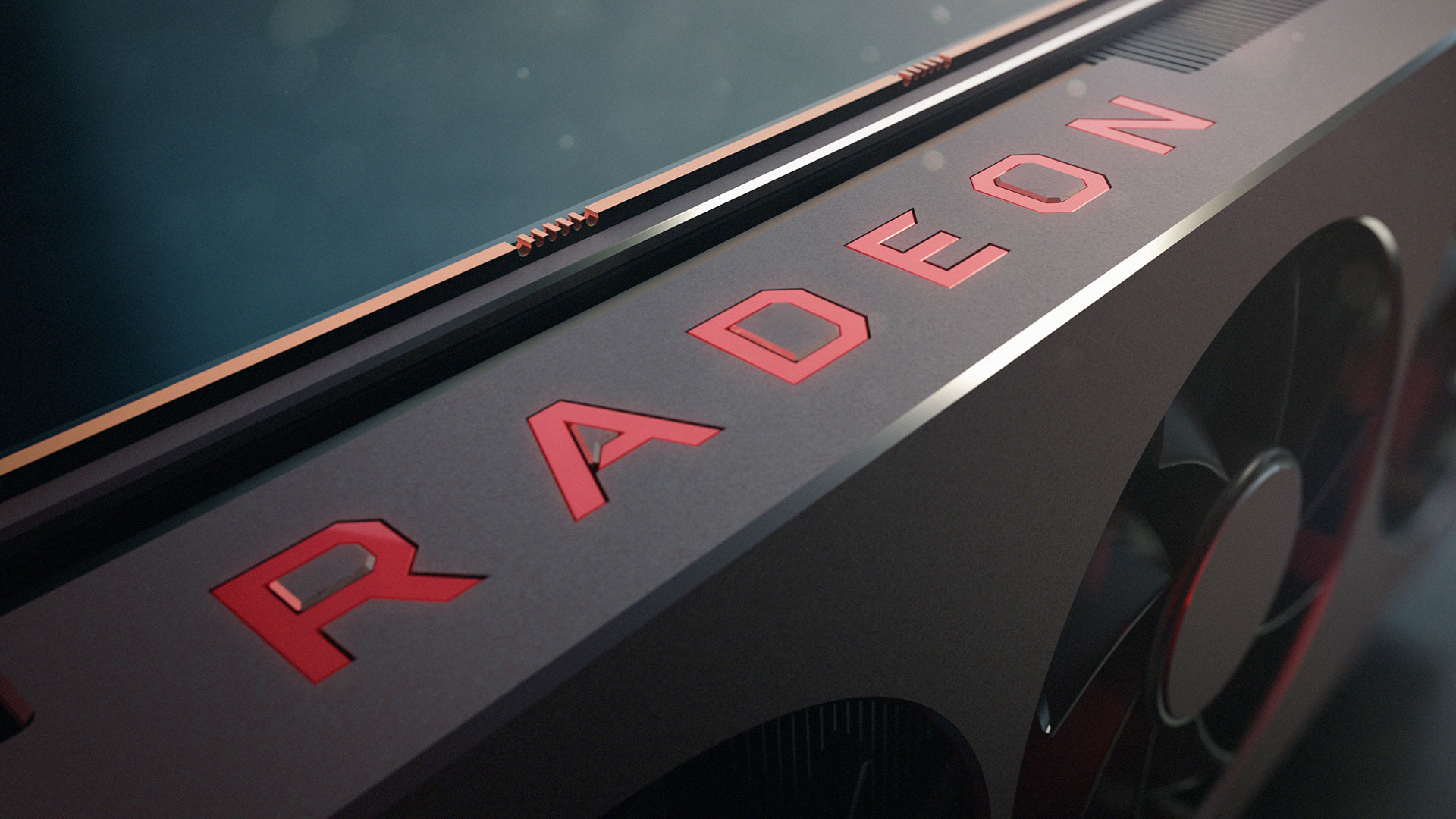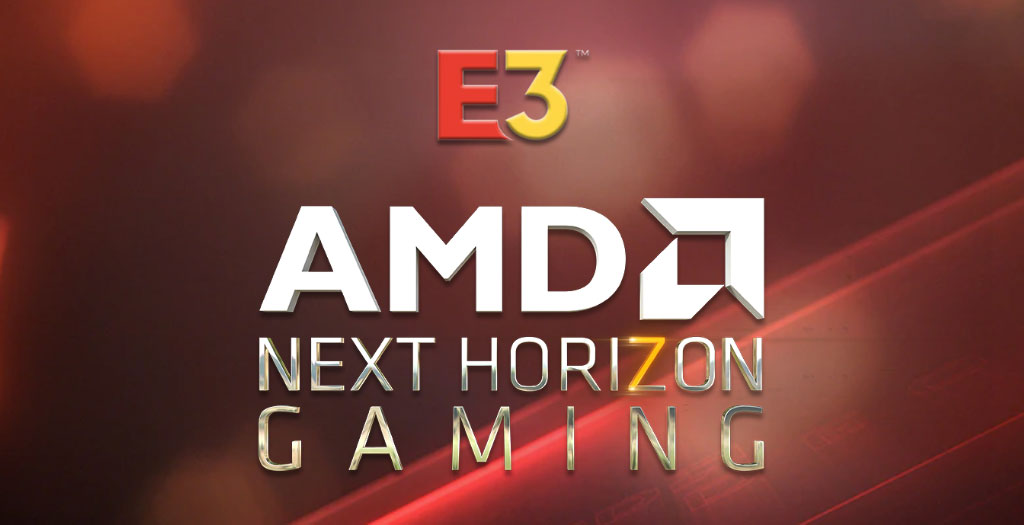AMD claims Navi-based Radeon RX 5700 is 10% faster than an RTX 2070
But there's a catch: it was tested in Strange Brigade, a benchmark notorious for its AMD leanings.

This morning, at a Computex 2019 press conference held in Taipei, Taiwan, AMD boasted it would bring "new technologies that haven't been introduced before." After releasing the first 7nm GPU last year, the company is says it's placing "big bets" on the die shrink by incorporating it into Navi, the anticipated successor to the short-lived RX Vega series graphics cards which came out almost two years ago, in August 2017.
Building onto the foundation set by the Vega-based 7nm Radeon VII GPU earlier this year, Navi is similarly based on a 7nm design. However, its architecture stems from what AMD is calling RDNA, short for Radeon DNA, naturally.
"A brand new compute unit design," according to CEO Dr. Lisa Su, RDNA promises 125 percent higher performance-per-clock than the GCN standard which preceded it. Combined with higher clock speeds, AMD says it's Navi products are delivering 1.5x more performance than the equivalent GCN products. But what of its gaming performance?

Well, AMD claims its RX 5700 card outpaces the Nvidia GeForce RTX 2070 by around 10 percent when plugged into one of the best AMD motherboards. That said, the company used the Strange Brigade benchmark to drive home this point. In our own testing, Strange Brigade was the only benchmark wherein the Radeon VII clearly beat out the RTX 2080. At 4K it performed 27 percent better, and at 1080p/1440p it won by 9 to 12 percent. So you'll want to take this assertion with a considerable grain of salt.
Slated for an official launch on July 7, we're bound to find out more about the RX 5000 series—and the Navi architecture as a whole—at the AMD Next Horizon Gaming keynote scheduled for E3 2019.
Keep up to date with the most important stories and the best deals, as picked by the PC Gamer team.


